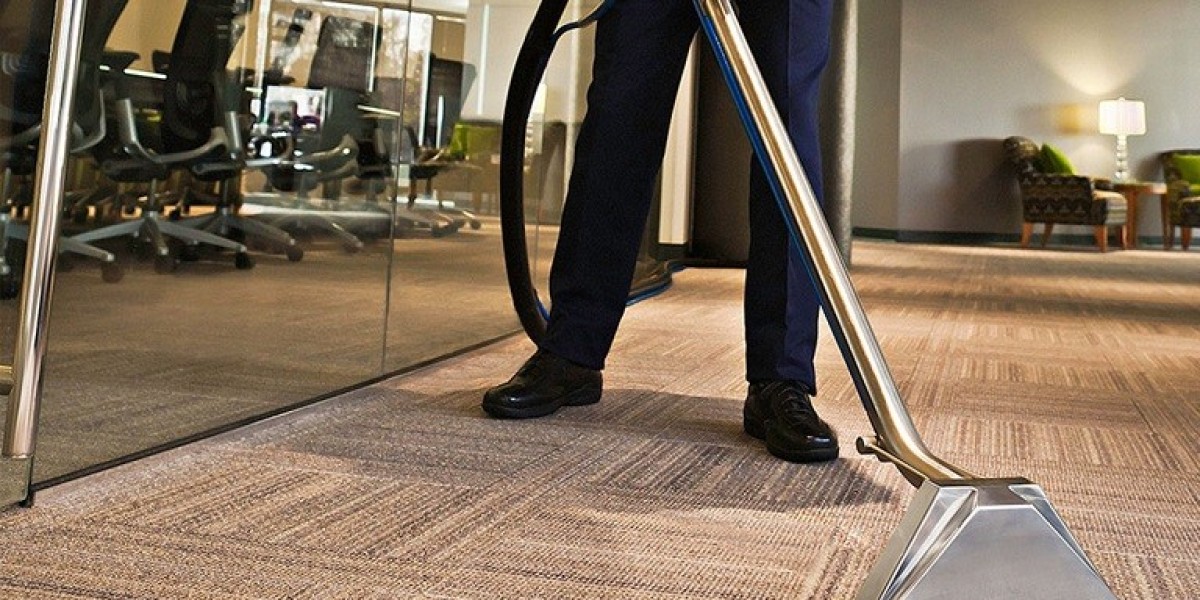In recent years, the design of office spaces has undergone a significant transformation, driven by the need for flexibility, collaboration, and aesthetic appeal. One of the most notable innovations in this realm is the use of glass partitions. These architectural features have become increasingly popular due to their ability to enhance natural light, create a sense of openness, and facilitate communication among employees. This article explores the evolution, benefits, and considerations of incorporating glass partitions into modern office environments.
Historical Context
The concept of partitioning spaces is not new. Traditionally, offices were characterized by solid walls and cubicles, which often resulted in isolated work environments. This design was prevalent in the mid-20th century when the focus was on maximizing individual productivity. However, as the nature of work evolved, so did the need for collaborative spaces that foster communication and teamwork.

The introduction of glass partitions can be traced back to the late 20th century when architects and designers began to explore more innovative and flexible office layouts. The rise of open-plan offices in the 1990s further propelled the use of glass as a partitioning material. These partitions offered a modern aesthetic while allowing natural light to permeate the space, thus creating a more inviting and pleasant work atmosphere.
Benefits of Glass Partitions
1. Enhanced Natural Light
One of the most significant advantages of glass partitions is their ability to maximize natural light within an office. Unlike traditional solid walls, glass allows sunlight to flow freely between spaces, reducing the need for artificial lighting. This not only contributes to energy savings but also enhances employee well-being. Studies have shown that exposure to natural light can improve mood, boost productivity, and reduce eye strain.
2. Aesthetic Appeal
Glass partitions offer a sleek and contemporary look that can elevate the overall aesthetic of an office. They can be customized in various designs, including frosted, tinted, or clear glass, allowing businesses to align the partitions with their branding and interior design. The transparency of glass creates a sense of openness and spaciousness, making even smaller offices feel larger and more inviting.
3. Flexibility and Adaptability
In today's fast-paced business environment, the ability to adapt office spaces to changing needs is crucial. Glass partitions provide a flexible solution for creating different work zones without the permanence of traditional walls. They can be easily reconfigured or removed to accommodate new teams, projects, or work styles. This adaptability is particularly beneficial for companies that experience rapid growth or frequently change their organizational structures.
4. Improved Collaboration
Glass partitions facilitate communication and collaboration among employees. By maintaining visual connectivity between different areas of the office, they encourage spontaneous interactions and discussions. This is especially important in creative industries where brainstorming and teamwork are essential for innovation. The transparency of glass partitions helps break down silos, fostering a culture of collaboration and inclusivity.
5. Acoustic Performance
While glass partitions are often perceived as less effective in soundproofing compared to solid walls, modern advancements in acoustic glass technology have improved their performance. Acoustic glass is designed to reduce sound transmission, allowing for privacy in meeting rooms and individual workspaces. This balance between openness and acoustic comfort is crucial in maintaining a productive work environment.
Considerations for Implementation
Despite the numerous benefits, there are several considerations to keep in mind when implementing glass partitions in an office setting.
1. Privacy Concerns
While glass partitions provide transparency, CleanPro they may raise concerns regarding privacy. It is essential to consider the nature of the work being conducted in different areas of the office. For example, sensitive discussions or confidential meetings may require more privacy than what standard glass partitions can offer. In such cases, incorporating frosted or tinted glass can help maintain confidentiality while still allowing for natural light.
2. Cost Implications
The initial investment in glass partitions can be higher than traditional wall systems. However, it is crucial to consider the long-term benefits, such as reduced energy costs and increased employee satisfaction, which can outweigh the upfront expenses. Additionally, the flexibility of glass partitions can lead to cost savings in the future, as they can be easily reconfigured without the need for extensive renovations.
3. Maintenance and Cleaning
Glass partitions require regular maintenance to keep them looking pristine. Dust, fingerprints, and smudges can detract from their aesthetic appeal. Businesses should establish a cleaning routine to ensure that glass surfaces remain clear and inviting. Additionally, selecting high-quality glass that is resistant to scratches and stains can help reduce maintenance efforts.
4. Safety and Compliance
When installing glass partitions, it is crucial to adhere to safety regulations and building codes. This includes using tempered or laminated glass to minimize the risk of breakage and ensuring that the partitions are installed securely. Consulting with professionals during the design and installation process can help ensure compliance and safety.
Conclusion
The integration of glass partitions into office environments represents a significant shift in workplace design philosophy. By promoting natural light, enhancing aesthetics, and fostering collaboration, these partitions contribute to a more dynamic and productive work atmosphere. While there are considerations to address, the benefits of glass partitions often outweigh the challenges, making them a valuable addition to modern office spaces. As businesses continue to evolve and adapt to new work trends, glass partitions will likely remain a key element in creating functional and inspiring work environments.








